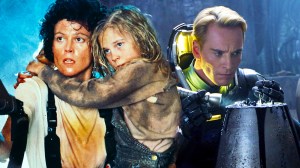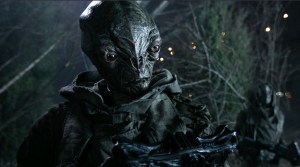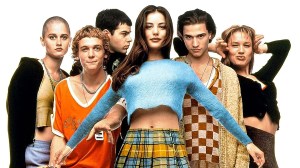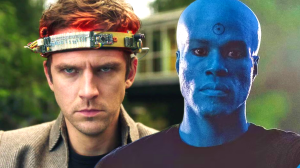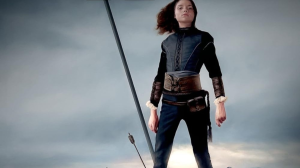Since Alien premiered in 1979, the franchise has been a mainstay of science fiction for decades. Though characters like Ellen Ripley have long been what keep audiences coming back for more, it’s impossible to deny that the allure of the titular aliens is a major factor for fans, too. With each new movie that has been released in the series, there comes a new twist on the franchise lore, revealing new versions of the xenomorphs or another addition to their origin story. Even with that, though, the Alien franchise is leaving something on the table
Videos by ComicBook.com
Like everything else in the modern landscape, Alien exists not only on the big screen but in comics, video games, toys, and even television. Despite the movies largely keeping xenomorphs defined by the same look and feel in films, these perfect organisms have found ways to evolve their looks and functionality in a slew of different ways. The most surprising thing about these xenomorph variants, though, is that they have largely only been brought to life in other forms and not done justice in the movies. If the Alien franchise wants to keep evolving, it needs to bring these new xenomorphs to the forefront.
3) The Animal Xenomorphs
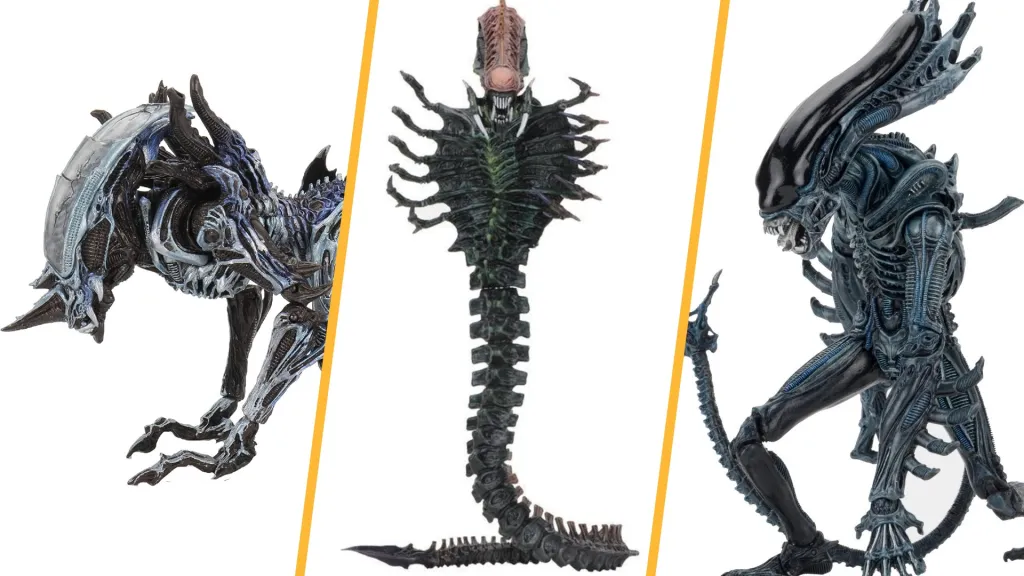
Longtime Alien fans will know these well. In the 1980s, after the release of Aliens, the Kenner toy company gained the license to the franchise. Though their hopes of an animated series to go along with their toy line were dashed by the studio, that didn’t stop them from expanding on the ideas of the movies into unique and varied ways. At the point that the toys were made, the possibilities were somewhat limited, but the toyline posed an interesting question: what would the xenomorphs look like if they were born from something other than humans?
Alien fans know that this question was addressed in Alien 3 with the “Dog Alien,” but Kenner took it to the extreme, giving us wild versions of the xenomorphs that took on traits of their original hosts. Among those included the Wild Boar Alien and Goat Alien, both of which have unique horns/tasks like the animals themselves, but also gigantic alternates like the Gorilla Alien. Other variants included the Mantis Alien, the Scorpion Alien, and the Snake Alien.
The idea for exploring different animals as xenomorph hosts would continue to be explored in comics, such as the Crocodile Alien from the Batman/Aliens comic crossover and the Shark Alien in one of the video games. To date, none of the films have explored this very much beyond Alien 3‘s one contribution; it’s an idea that fans know and love, but the films have never touched.
2) The Lifecycle of the Queen
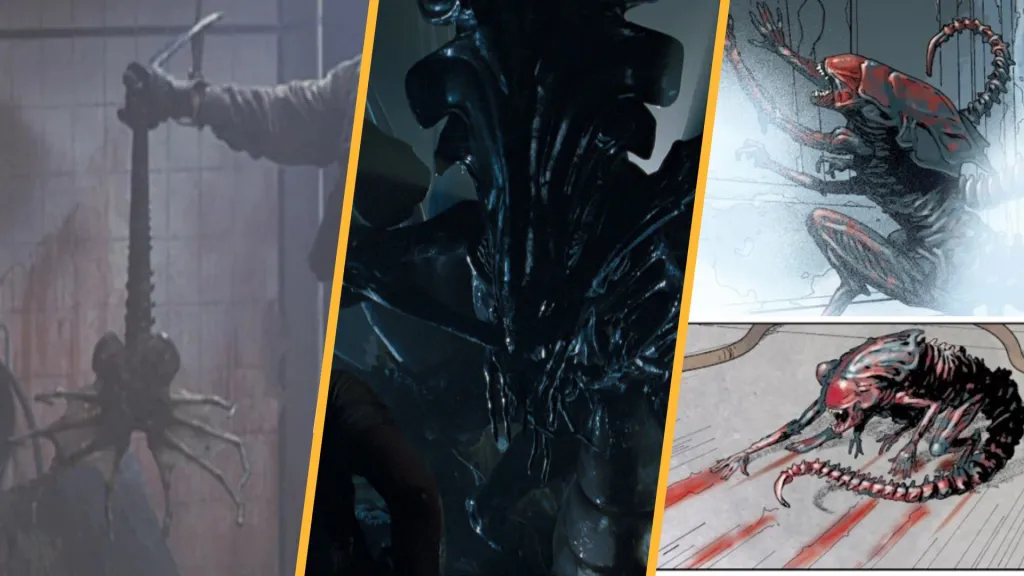
Aliens arrived on the scene with major expansions on the mythology of the xenomorphs, revealing that the eggs that facehuggers are hatched from are laid by none other than an Alien Queen. This gigantic variant that leads the hive of xenomorphs in the film remains one of the biggest additions to the lore of the franchise, but on the big screen, the series has not offered any actual concrete reveals about how these beings work.
There have been some minor notations about the life cycle of Alien Queens in the films, but nothing that goes beyond a few seconds on screen or just deleted scenes. Alien 3 was initially planned to use a Queen Facehugger, which was naturally much bigger than traditional facehuggers, but the scene was cut. Alien: Resurrection shows an Alien Queen Chestburster very briefly, but not enough to paint a major picture of how they evolve, adapt, and live. In fact, the Alien Queens themselves have far fewer appearances in the movies than you may realize, only having a proper appearance in Aliens and Alien vs Predator.
1) The Alpha
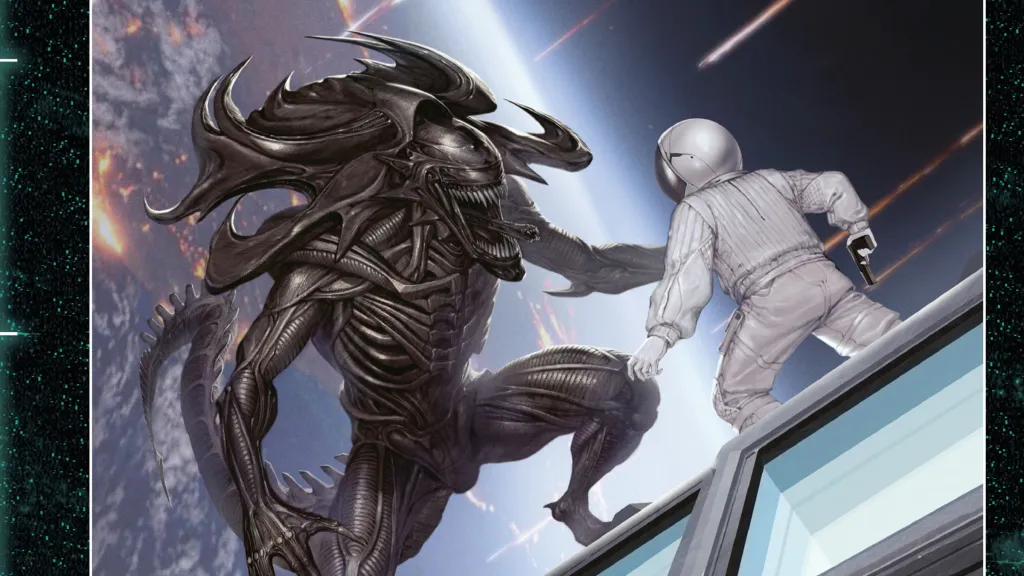
Ever since 20th Century Fox was acquired by The Walt Disney Company, that means their biggest franchises that have existed in comics have eventually made the transition to Marvel. In the years since Marvel has been publishing their own Alien stories, they’ve made some major contributions to the canon, but none more clearly suited for the big screen than The Alpha.
In the pages of Alien: Bloodlines from writer Phillip Kennedy Johnson and artist Salvadore Larroca, a generational tale is told that sets the stage for the Alphas arrival. The story reveals a slew of xenomorphs bred by Weyland-Yutani that are spawned not from humans but Corcoran Highland Goat. These xenomorphs had long curved horns, walked on all fours, and even had hoof-like back legs. After these xenomorphs captured humans and impregnated them in their nests, it gave way to The Alpha, a xenomorph that had the qualities of both a human-bred alien and the Corcoran Highland Goat variants.
As a result, The Alpha is a giant Xenomorph variant with even more strength than a traditional version. More importantly than the size of the beast though is the fact that he has a giant, horned crest behind his head over that traditionally smooth head. Aesthetically, it’s a xenomorph variant that stands out from anything else in the feature films, but the fact that it can also command the hordes of aliens around it makes this something the movies have been sorely missing.

